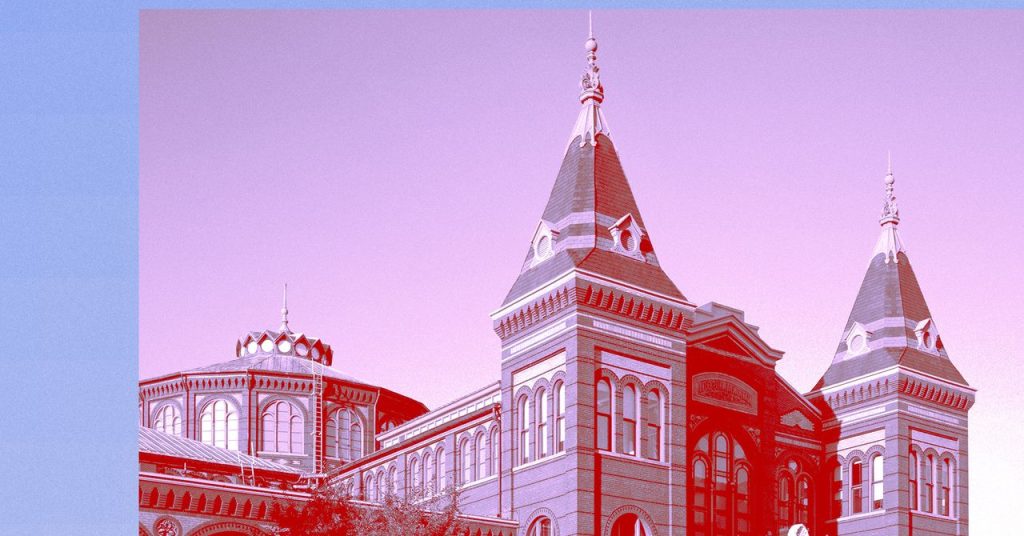Jim Sanborn could not It’s believed he was weeks away from auctioning the answer to Kryptos, the sculpture he created for the CIA that had eluded resolution for 35 years. As always, wannabe solvers continue to pay him a $50 fee to offer their guesses at the remaining undeciphered portion of the 1,800-character encrypted message, known as K4 — wrong without exception. Then, on Sept. 3, he opened an email from the latest applicant, Jarrett Kobek, that began, “I believe the text of K4 is as follows …” He had seen words like that thousands of times before. But this time the writing was correct.
“I was shocked,” Sanborn tells me. “Really serious shock.” The timing was terrible. Sanborn, who turns 80 this year, sees the auction as a way to continue to work on validating potential solutions while maintaining the mystery of cryptos. He was waiting to be compensated for his work. What came next was even more shattering. He quickly got on the phone with Kobeck and his friend Richard Byrne, who shocked him by reporting that he had not found a solution through codebreaking. Instead, Kobeck learned from auction notices that some of the crypto material was held at the Smithsonian’s Archives of the American Archives in Washington, DC. Kobek, a California novelist (one of his books is called I hate the internet), got his friend, the playwright and journalist Byrne, to photograph some of the holdings. To Kobek’s surprise, the two images contained a 97-character passage that Sanborn had previously dropped as a clue. He’s been looking at words that CIA and NSA codebreakers, along with countless academics and hobbyists, have sought for decades.
The secret of the cryptos was out of the artist’s hands, in the most humiliating way imaginable—Sanborn himself accidentally submitted it to the museum in readable form. For 35 years crypto plaintext was a summit no one reached. Suddenly some achieved it—not by climbing the summit, but by journeying to the summit. Sanborn’s grand vision for an industry that embodied the concept of privacy was jeopardized—as was the auction. Now he had to figure out what to do.
Enter: Media
The initial phone call was friendly. Kobek and Byrne stressed they didn’t want to mess up the auction. After he hung up, Sanborn called the auction house. That’s when things start to go awry. As Sanborn tells me, “They said, ‘Listen, see if the guys will sign an NDA, and see if they’ll take a cut of the proceeds.’ And I said, ‘Oh geez, man, I don’t know about that. But I offered it.”
Kobek and Byrne were uncomfortable with that arrangement and refused to sign. (RR Auctions executive vice president Bobby Livingston would not comment on the legal issue but said of an NDA, “It’s something that would be comforting to our clients.”) Sanborn told them his intention was to have the Smithsonian freeze the archives—which it did. He assumed Kobek and Byrne would remain silent. “If you don’t publish it, you’re a hero to me,” Sanborn told them.
“I thought everything was fine,” he says, “and then all of a sudden [the journalist] John Schwartz called me and said these people wanted to publish it in the New York Times.” Kobek explained to me that they contacted Schwartz to relieve some legal pressure. “Threat after threat was sent to us from the auction house’s lawyers, threatening to sue us for a lot of things,” he says. (When I asked Livingston if his lawyers were contacting Kobek, he said, (The attorneys are talking to each other, Plaintext revealed.) On October 16, Schwartz added that Kobek and Byrne may have copyright concerns. revealed his scoop, Informing the world that plaintext was out.
Sanborn tells me that Kobek shared the plaintext with Schwartz over the phone.. Asked about this, Kobek said, “I can’t talk about this…I’m in significant legal jeopardy.” Schwartz said. “Once my editors decided it wouldn’t make it into the story, I deleted the text from my interview file. I don’t know it.” (So don’t bug him.)

